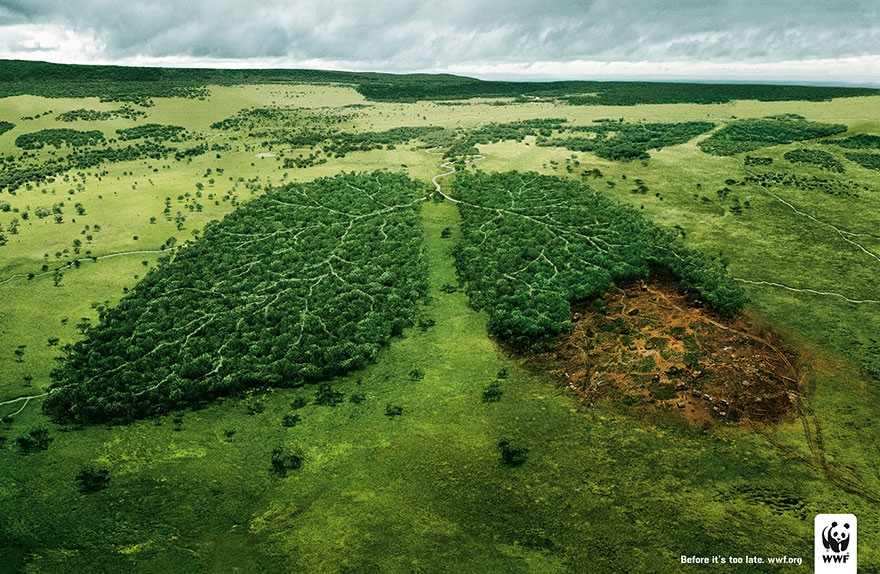For the History of a Controversy project, I think two ideas could be interesting: the potential banning of TikTok and gun control.
The idea of banning TikTok has been floating around for several years. According to CBS news, some of the most common arguments against it involve its access to US consumer data as a Chinese company and issues with censorship or suppression of information on the app. The concern is that, with the company being based in China, the Chinese government could spy on US citizens via company data and potentially influence US ideologies by promoting or suppressing certain content. Arguments against its banning include claims to free speech and the potential impacts of one government ban or forced company sale on other businesses in the US economy. With so many users in the US, the push to ban TikTok manifests as a public controversy with reasonable and abundant arguments on both sides of the issue.
Gun control is a more wide-ranging public controversy since it isn’t necessarily limited to the last 5-8 years. As a highly partisan issue, the voting public is pulled into the idea of limited or restrictive gun control early in life. People advocating for gun control often cite problems with vast gun violence in the US and the need for intensive background checks, evaluations, and other restrictions that ensure people who get guns have valid reasons to possess a deadly weapon. People advocating against gun control policies most often cite the Constitutional right to bear arms, the definition of which is also debated between parties. Ultimately, the American public has a vested interest in their access to guns for their personal safety (again, with each side emphasizing a different element of personal safety) or lifestyle and recreation. This creates the foundation for a true public controversy with evidence dating to the creation of the USA.
LINK TO TED TALK RECORDING (edit: 2:54 PM on 11/23/24)
https://psu.mediaspace.kaltura.com/media/Alexis+Nicole+Wagners+Zoom+Meeting/1_cdppktf5

 What would we do if we couldn’t breathe? Unfortunately, the answer is clear–we wouldn’t survive long enough to figure it out.
What would we do if we couldn’t breathe? Unfortunately, the answer is clear–we wouldn’t survive long enough to figure it out.